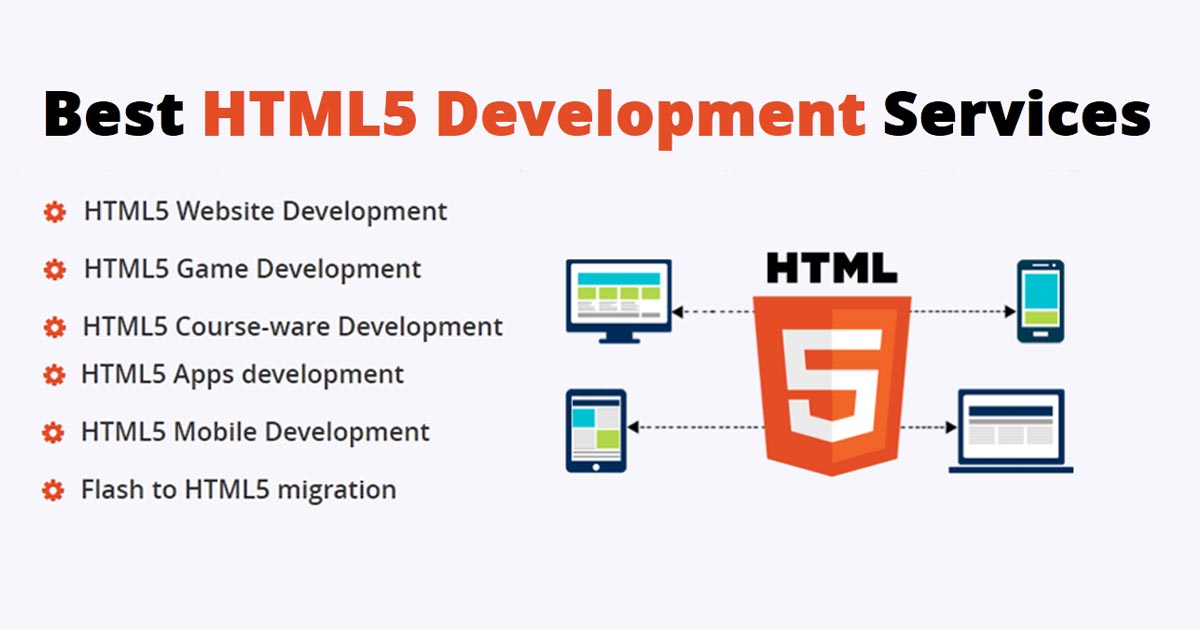7 Trends Daily
Stay updated with the latest insights and trends across various sectors.
HTML5 Development: Where Every Pixel Counts
Unlock the secrets of HTML5 development! Discover how every pixel matters in creating stunning web experiences that captivate users.
The Basics of HTML5 Development: Essential Features and Benefits
HTML5 represents a significant evolution of the HTML standard, introducing a variety of essential features that enhance web development. Among these features are new semantic elements such as <header>, <footer>, and <article>, which improve the structure of web pages and make them more accessible to both users and search engines. Additionally, HTML5 incorporates multimedia support through native <video> and <audio> tags, eliminating the need for third-party plugins. This streamlining not only simplifies the development process but also enhances user experience by allowing seamless media playback across different devices.
One of the standout benefits of HTML5 development is its cross-platform compatibility. Websites built with HTML5 are designed to work uniformly across various devices, including smartphones, tablets, and desktops. This universality means developers can build responsive layouts using CSS3 features alongside HTML5, ensuring that content is accessible and visually appealing on any screen size. Furthermore, HTML5 facilitates the creation of offline applications through technologies like Application Cache and the localStorage API, allowing users to engage with content even without an internet connection, thereby increasing user retention and satisfaction.

Optimizing Your HTML5 Code: Tips for Performance and Efficiency
To enhance the performance and efficiency of your HTML5 code, it's essential to follow best practices that streamline your web application. Begin by minimizing the use of external libraries and frameworks unless absolutely necessary. This can significantly reduce the load time of your page. Additionally, implement deferred loading for JavaScript files whenever possible. This ensures that these scripts do not block the rendering of your page's content, leading to a faster user experience.
Another critical aspect of optimizing your HTML5 code is to utilize semantic markup effectively. Not only does this improve accessibility for users, but it also enhances SEO rankings and allows search engines to better understand the structure of your content. Use elements such as <article>, <section>, and <nav> to delineate different areas of your website. Furthermore, consider optimizing images with appropriate formats and sizes, as these can significantly impact page load speeds. Remember, a well-structured and efficient codebase is key to a successful web presence.
How Does HTML5 Improve User Experience in Modern Web Applications?
HTML5 significantly enhances user experience in modern web applications by introducing a variety of new semantic elements and improved features that promote better content structuring. With elements like <header>, <footer>, and <article>, developers can create more meaningful page layouts that are easily understood by both users and search engines. This semantic richness not only aids in accessibility for users with disabilities but also improves SEO through a clearer content hierarchy, making it easier for search engines to index relevant information.
Furthermore, HTML5 brings exciting multimedia capabilities that allow developers to incorporate videos, audios, and animations directly into web pages without relying on external plugins. Features such as the <video> and <audio> tags enable seamless integration of rich media, enhancing user engagement and offering a more interactive experience. The use of the Canvas API for drawing graphics further elevates this interactivity, empowering developers to create dynamic visuals that respond directly to user inputs, making web applications not only more engaging but also more intuitive to navigate.